博文
暗物质“飓风”来袭,检测轴子机遇难得
|||
暗物质“飓风”来袭,检测轴子机遇难得
诸平
�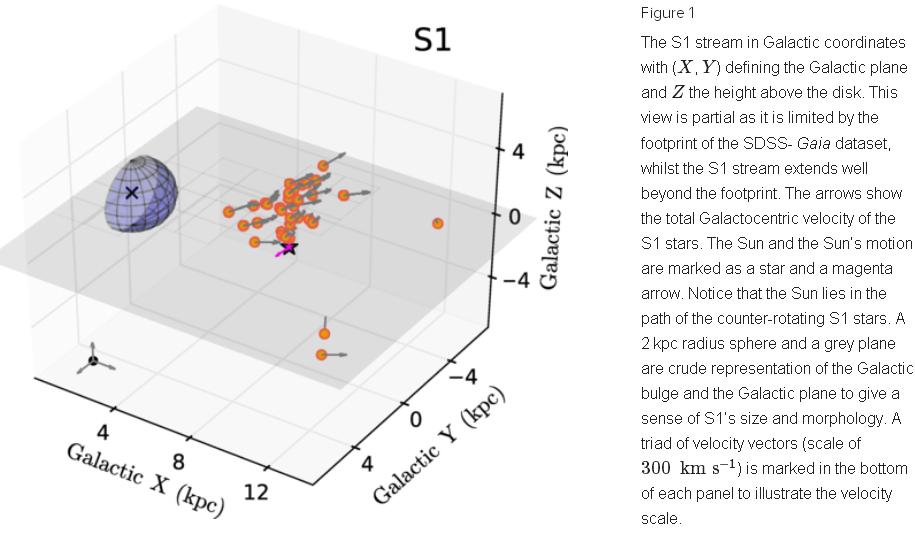 �
�
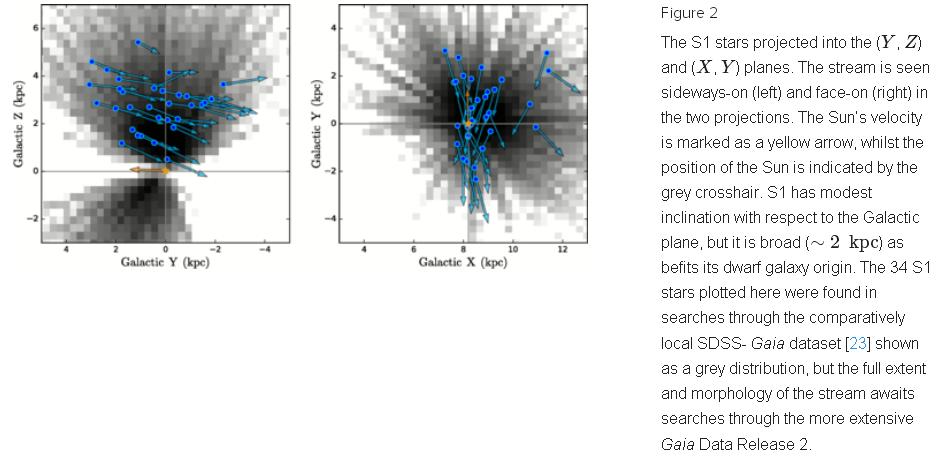
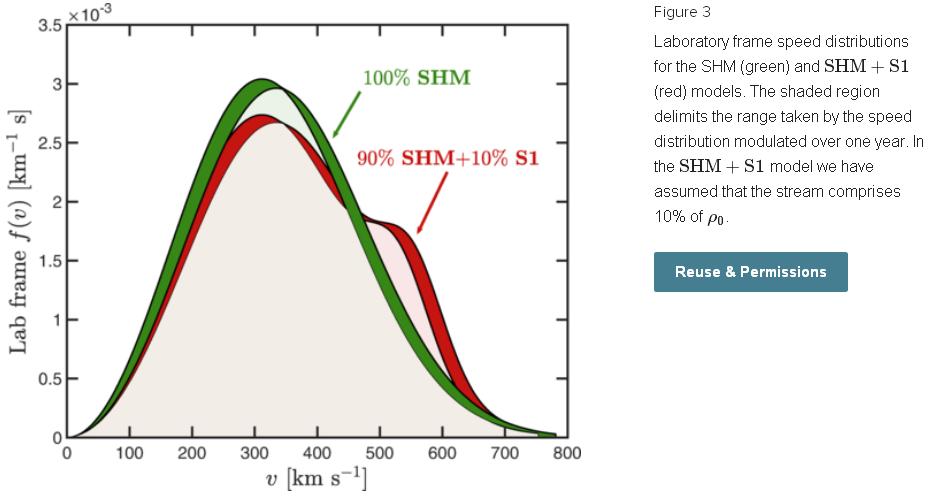
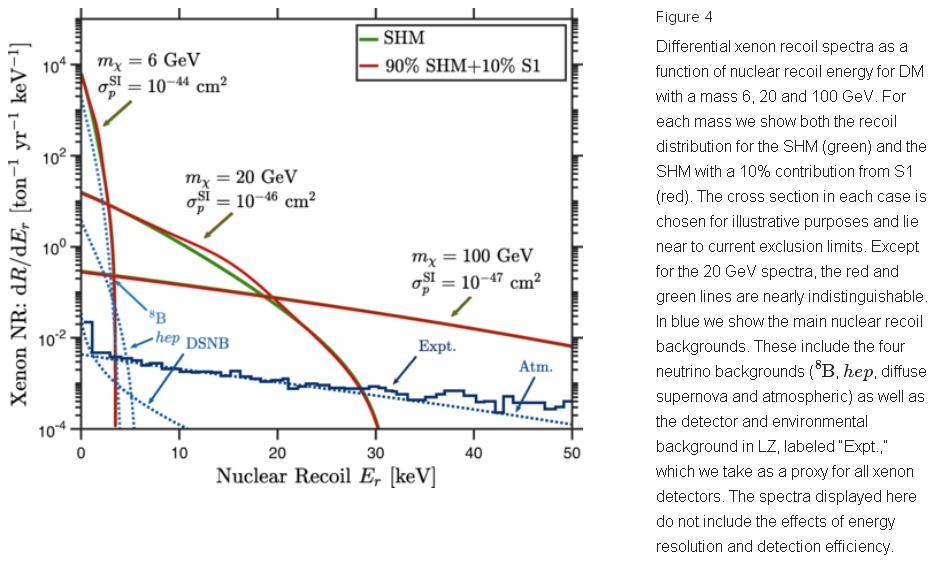

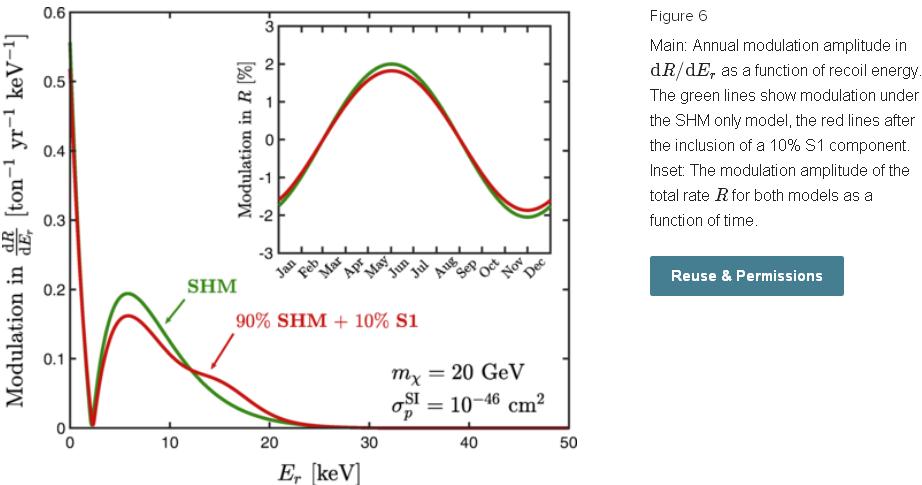
据物理学家组织网(Phys.org)2018年11月13日报道,暗物质“飓风”提供了检测轴子的难得机遇(Dark matter 'hurricane' offers chance to detect axions)。
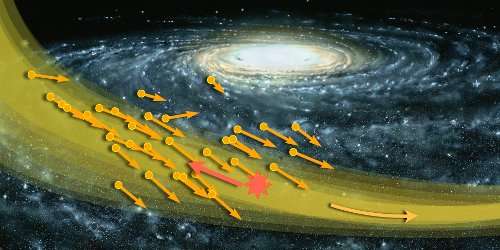
Fig.1 Credit: C. O'Hare; NASA/Jon Lomberg, via Physics
西班牙萨拉戈萨大学(Universidad de Zaragoza)、伦敦国王学院(King's College London)和英国天文学研究所(Institute of Astronomy in the U.K.)的科研人员组成的一个研究小组发现,“暗物质飓风(dark matter hurricane)”穿过太阳系提供了比平时检测轴子的更好机会。他们的研究论文于2018年11月7日已经在《物理评论D辑》(Physical Review D)杂志网站上发表,该研究小组在论文中描述了他们的研究成果以及为什么他们认为他们的观察可能对于理解暗物质有所帮助。
暗物质存在的证据是很强的,但科学家仍无法找到能够真正“看到”暗物质的一种方法。正是因为如此,他们一直试图找到能够真正“看到”暗物质新的方法。在这个新的研究工作中,研究人员一直在研究S1流(S1 stream)。S1流(S1 stream)是以恒星集合流动的方式,表明它们曾经是矮星系(dwarf galaxy)的一部分,但是矮星系是由银河系消耗的。S1流2017年被一个团队从盖亚卫星(Gaia satellite)研究数据中发现。其它流之前曾被观察到,但这是第一个在路径上与我们自己的太阳系交叉相遇的。在这个新的研究工作中,研究人员已经研究了S1通过我们的地区时可能造成的影响,因为它提供了一个来研究暗物质的难得机遇。
当S1穿过我们的领域时,理论认为暗物质应该随之移动。此研究团队的计算显示,其运动速度应该大约为500 km/s。他们创造了一些显示暗物质的分布及其密度的模型。这样做允许他们创建以便研究人员寻找的S1流可能的预测特征。他们认为这一事件给了那些在这个领域寻找观察暗物质证据的科学家比平时更加难得的机遇。他们认为WIMP探测器不可能会发现任何异常。但他们进一步表明,暗物质飓风的存在可能会增加检测轴子暗物质的可能性,是由于在轴子广谱中可能的碰撞。他们也要注意当前的风暴可能提供数据,供未来使用比现今更先进的检测系统。更多信息请注意浏览原文和相关报道。
Ciaran A. J. O’Hare, Christopher McCabe, N. Wyn Evans, GyuChul Myeong, Vasily Belokurov. Dark matter hurricane: Measuring the S1 stream with dark matter detectors, Physical Review D (2018). DOI: 10.1103/PhysRevD.98.103006 , On Arxiv: https://arxiv.org/abs/1807.09004
Dark Matter Blowing Like a Hurricane
New study suggests galactic bulge emissions not due to dark matter
ABSTRACT
The recently discovered S1 stream passes through the Solar neighborhood on a low inclination, counterrotating orbit. The progenitor of S1 is a dwarf galaxy with a total mass comparable to the present-day Fornax dwarf spheroidal, so the stream is expected to have a significant DM component. We compute the effects of the S1 stream on WIMP and axion detectors as a function of the density of its unmeasured dark component. In WIMP detectors the S1 stream supplies more high energy nuclear recoils so will marginally improve DM detection prospects. We find that even if S1 comprises less than 10% of the local density, multiton xenon WIMP detectors can distinguish the S1 stream from the bulk halo in the relatively narrow mass range between 5 and 25 GeV. In directional WIMP detectors such as CYGNUS, S1 increases DM detection prospects more substantially since it enhances the anisotropy of the WIMP signal. Finally, we show that axion haloscopes possess by far the greatest potential sensitivity to the S1 stream if its dark matter component is sufficiently cold. Once the axion mass has been discovered, the distinctive velocity distribution of S1 can easily be extracted from the axion power spectrum.
https://blog.sciencenet.cn/blog-212210-1146222.html
上一篇:物理学家创建分形形状的电子
下一篇:晶体电子显微镜技术开发者逝世